The advent of spaceflight has profoundly reshaped humanity’s understanding of the solar system. Over the past seven decades, an extraordinary fleet of thousands of sophisticated spacecraft has embarked on ambitious missions. These endeavors have spanned a wide range of objectives: from intimately observing our home planet, to exploring the intricate wonders within our star’s domain, and even pushing the frontiers into the distant interstellar realm.
Robotic explorers, through their captivating imagery and critical scientific data collection, have profoundly reshaped humanity’s understanding of our planet and the wider universe, inspiring generations in the process. Consequently, iconic spacecraft such as the James Webb Space Telescope (JWST) and the enduring Voyager 1 probe have achieved household name status. Yet, a compelling question arises: how many of us truly visualize their precise positions in the vastness of space as they transmit their invaluable data? Do we often ponder the specific orbits they maintain or the immense cosmic distances they traverse?
This October, observers can pinpoint the approximate locations of five distant spacecraft in the night sky. For novice stargazers eager to explore the cosmos, modern smartphone astronomy applications offer an invaluable aid. Leveraging augmented reality (AR) technology, these apps can seamlessly guide users to a wide array of celestial phenomena, from luminous stars and ethereal nebulae to majestic galaxies, wandering comets, and, indeed, the very spacecraft detailed here.
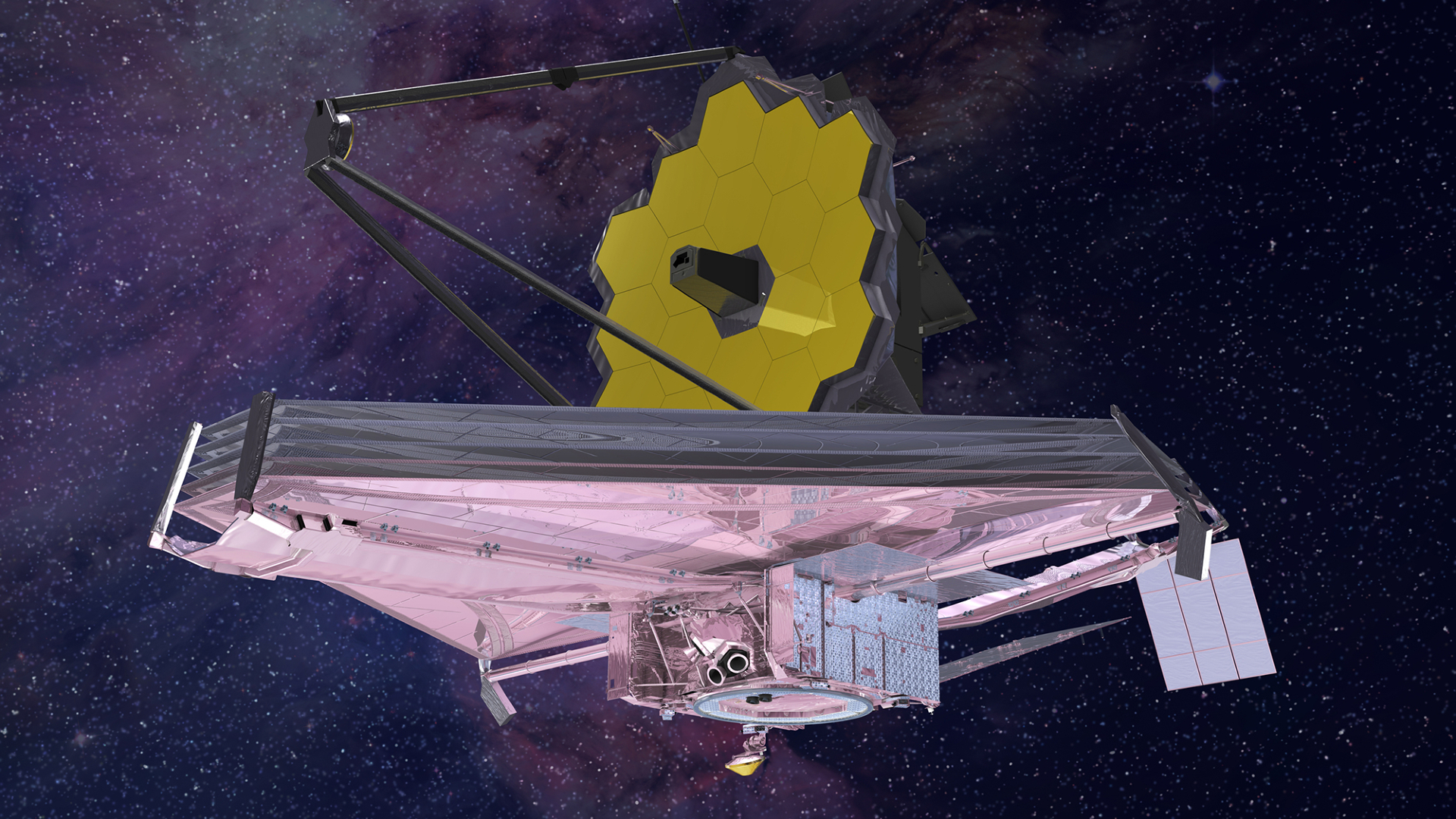
Launched on Christmas Day in 2021, the revolutionary James Webb Space Telescope (JWST) embarked on an ambitious mission to unlock the universe’s most profound secrets. From its gravitationally stable vantage point at Lagrange Point 2, this cutting-edge observatory is meticulously designed to peer into the farthest reaches of deep space. Its primary objectives include capturing the faint, ancient light from the early universe, offering unprecedented insights into cosmic creation and evolution, and observing the intricate processes of star formation and the genesis of protoplanetary systems. Heralded as the most powerful space telescope ever deployed, the JWST continues to push the boundaries of astronomical discovery, consistently reshaping humanity’s understanding of the cosmos.
To locate the James Webb Space Telescope (JWST) in the night sky this October, stargazers should first identify the prominent red star Aldebaran. Around midnight, Aldebaran is visible approximately halfway up the eastern sky, situated above the recognizable constellation Orion.
Next, direct your gaze slightly higher to find the diffuse, hazy glow of the Pleiades star cluster. The JWST will appear roughly 5 degrees below the Pleiades. To visualize this distance, hold your three middle fingers at arm’s length against the night sky; their width approximates this angular separation.
As October progresses, the Webb Telescope’s position will gradually shift, drawing it closer to Aldebaran and the other stars that form the constellation Taurus.
While this guide offers an approximate fix on the spacecraft’s position, direct visual confirmation remains unattainable. Their immense distance and minuscule size place them well beyond the resolving power of even the most advanced telescopes.
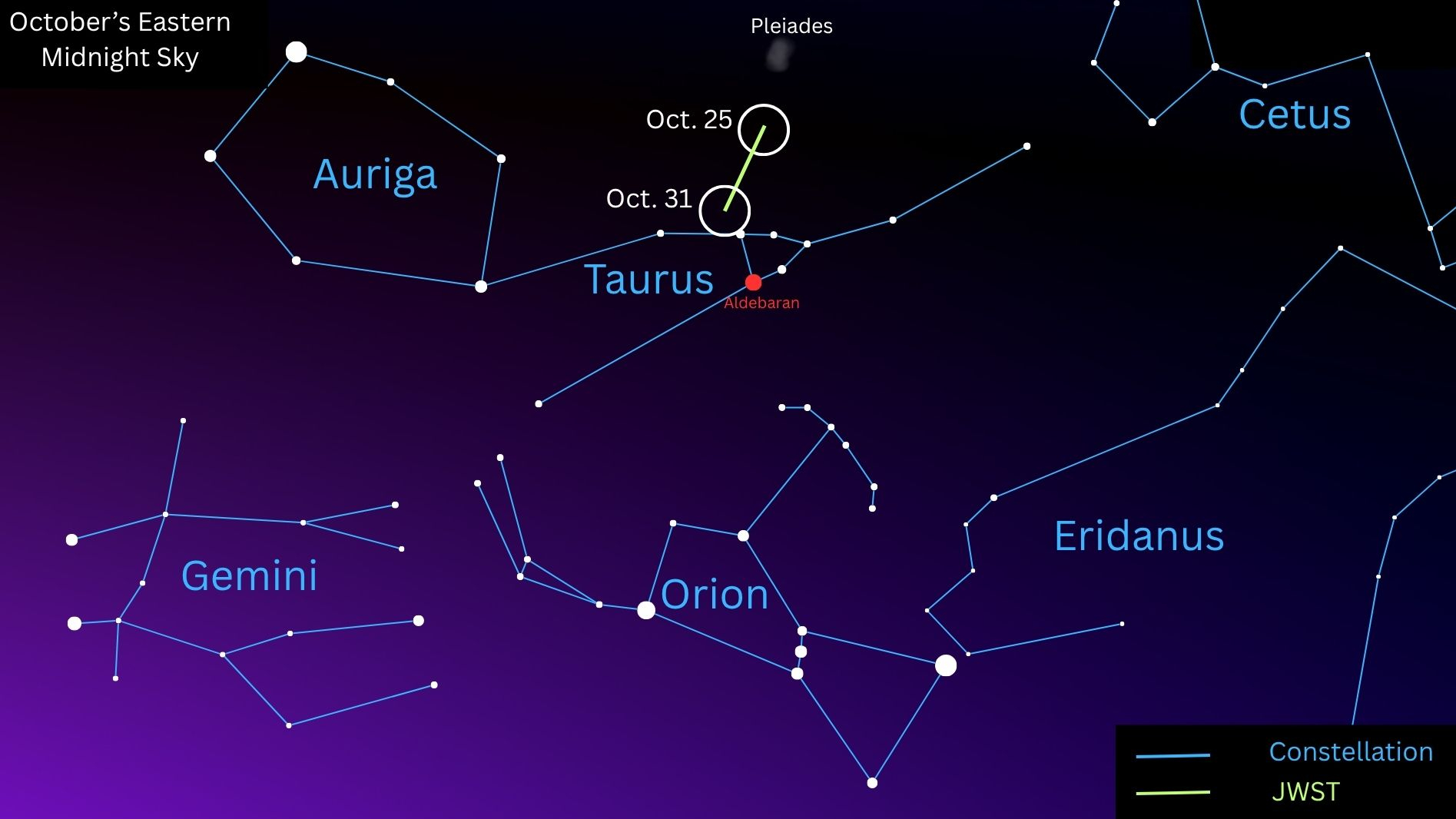
On April 28, 2021, NASA’s Parker Solar Probe achieved an unprecedented feat, becoming the first spacecraft to navigate through the sun’s outer atmosphere, known as the corona. This historic “touching” of our star occurred during the eighth of 24 planned close approaches.
The probe has demonstrated remarkable resilience, flying seven times closer to the sun than any preceding mission. It has bravely withstood scorching temperatures approaching 2,600 degrees Fahrenheit (1,300 degrees Celsius) with the primary objective of illuminating the intricate dynamics of plasma and magnetic fields that drive the solar wind.
For skywatchers hoping to locate the Parker Solar Probe this October, direct your gaze toward the low southwestern horizon as the sun sets. A clear, unobstructed view is crucial, as the celestial explorer will quickly dip out of sight.
Begin your search by identifying the brilliant red supergiant star Antares, a prominent feature within the constellation Scorpius. The Parker Solar Probe’s approximate position will be found roughly five degrees to the upper left of this stellar beacon. Overhead, you’ll find the constellation Ophiuchus, while the distinctive “teapot” asterism of Sagittarius shines just to its left.
Having orbited Jupiter since 2016, the Juno spacecraft has dedicated nearly a decade to diligently collecting invaluable data on the gas giant and its diverse moons, a tenure extended through multiple mission approvals. However, the probe’s most recent operational extension recently concluded, coinciding precisely with the commencement of a government shutdown. This unfortunate alignment of events has cast a profound shadow of uncertainty over the veteran spacecraft’s continued mission, leaving its future in a precarious state.
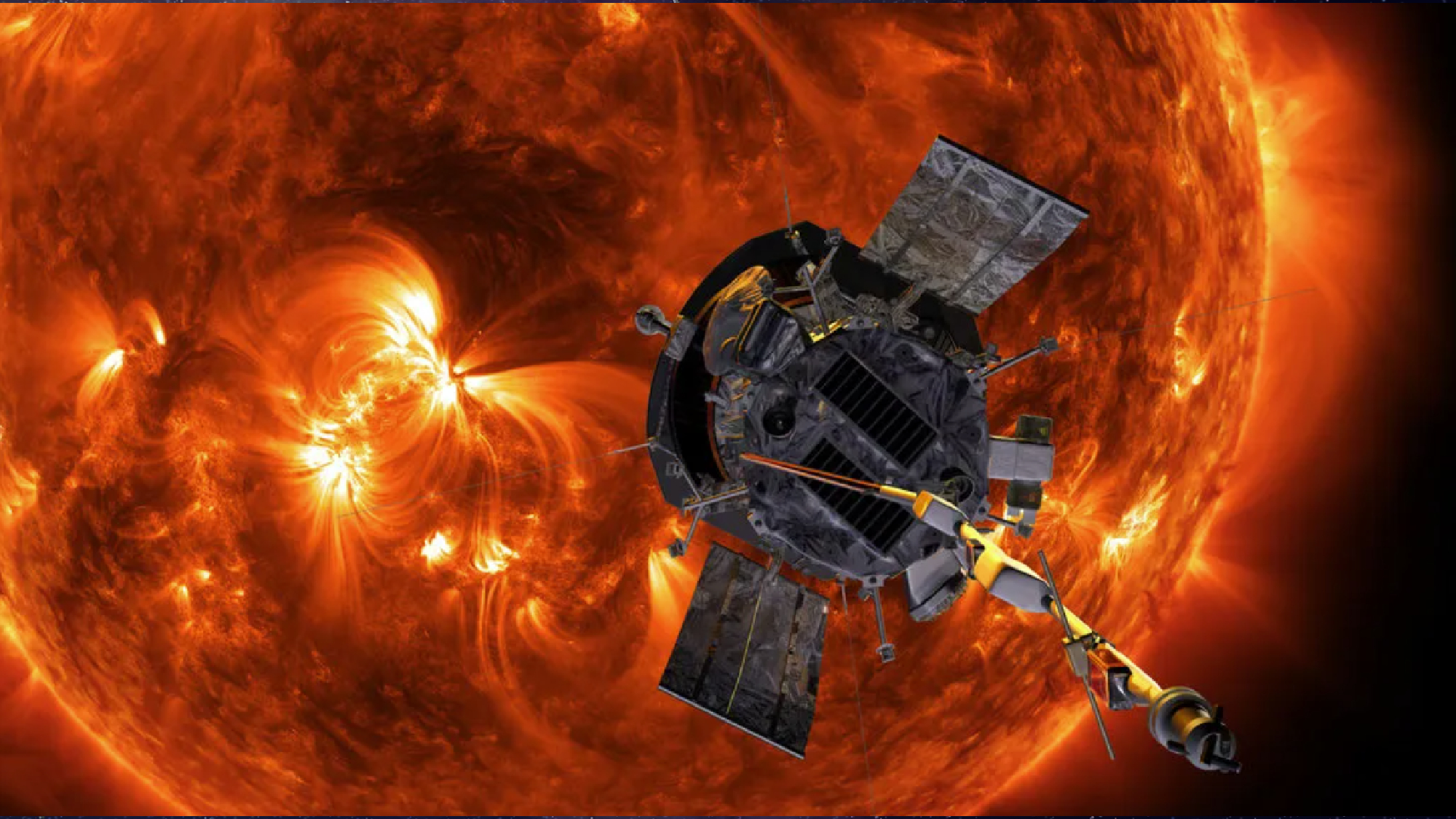
To locate the distant Juno spacecraft, stargazers must first identify the brilliant twin stars, Castor and Pollux, which prominently form the constellation Gemini. During October’s predawn hours, this familiar constellation will command a high position in the eastern sky.
Once Gemini is found, the gas giant Jupiter will become clearly visible as a steady “morning star,” shining brightly to the lower right of Castor and Pollux. While Juno diligently orbits this colossal planet, the spacecraft itself is far too diminutive to be observed from Earth, remaining invisible to the naked eye.
Launched in January 2006, NASA’s New Horizons spacecraft achieved a historic milestone in July 2015, becoming the first human-made object to encounter the dwarf planet Pluto after nearly a decade in space. This rapid flyby fundamentally reshaped our knowledge of the distant world, revealing astonishing insights into its composition, tenuous atmosphere, and the intricate dynamics of its largest moon, Charon.
The pioneering probe continued its mission, closely studying the Kuiper Belt object Arrokoth in 2019. Currently, New Horizons is dedicated to gathering heliophysics data as it progresses toward interstellar space, with its arrival projected for the 2040s.
To pinpoint the celestial region where the New Horizons spacecraft currently resides, stargazers should direct their attention towards the southern horizon during the hours following sunset throughout October. There, the distinctive “Teapot” asterism, a prominent feature within the constellation Sagittarius, serves as a crucial guide. Under optimal dark-sky conditions, observers will also be treated to the spectacular sight of the Milky Way’s luminous band, which arcs overhead and strikingly appears to pour forth from the “spout” of this iconic stellar formation.
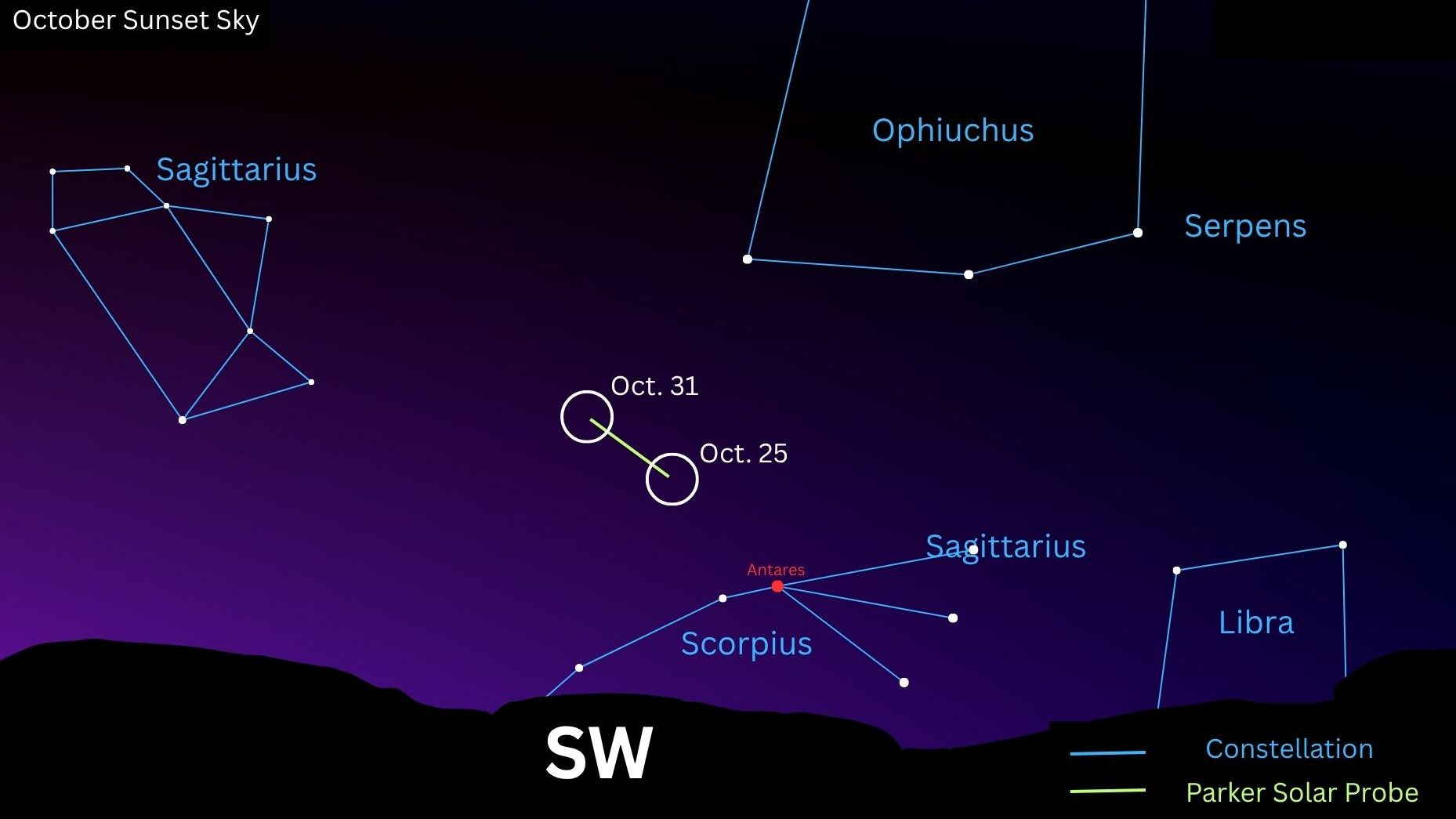
To pinpoint the distant New Horizons spacecraft, first direct your gaze above the stellar trapezium forming the handle of the asterism. With the aid of a smartphone astronomy application, then locate the relatively obscure star, Pi Sagittarii, in that celestial region. The probe’s current position is estimated to be approximately one degree to the upper right of this inconspicuous marker.
Voyager 1 holds the distinction as the most distant human-made object ever launched, achieving a historic milestone in August 2012. After an extensive tour of Jupiter and Saturn, the spacecraft became the first to venture into interstellar space by successfully passing beyond the heliosphere. This massive protective bubble, generated by the solar wind, shields the planets within our solar system from harmful cosmic rays.
Onboard this pioneering probe is one of NASA’s renowned Golden Records. This unique artifact serves as both a time capsule and a potential message for extraterrestrial life, meticulously curated with a selection of greetings, images, and sounds from Earth, intended to facilitate friendly first contact should the distant spacecraft ever be discovered.
For stargazers hoping to pinpoint the distant Voyager 1 spacecraft, October evenings offer an opportune moment. After sunset, direct your attention to the western horizon to locate the constellation Ophiuchus. Within this star pattern, identify Rasalhague, its highest point of light, alongside its neighboring star, Kappa Ophiuchi, positioned slightly to the lower right. Voyager 1’s approximate location lies along an imaginary line connecting these two prominent celestial bodies, roughly halfway between them.
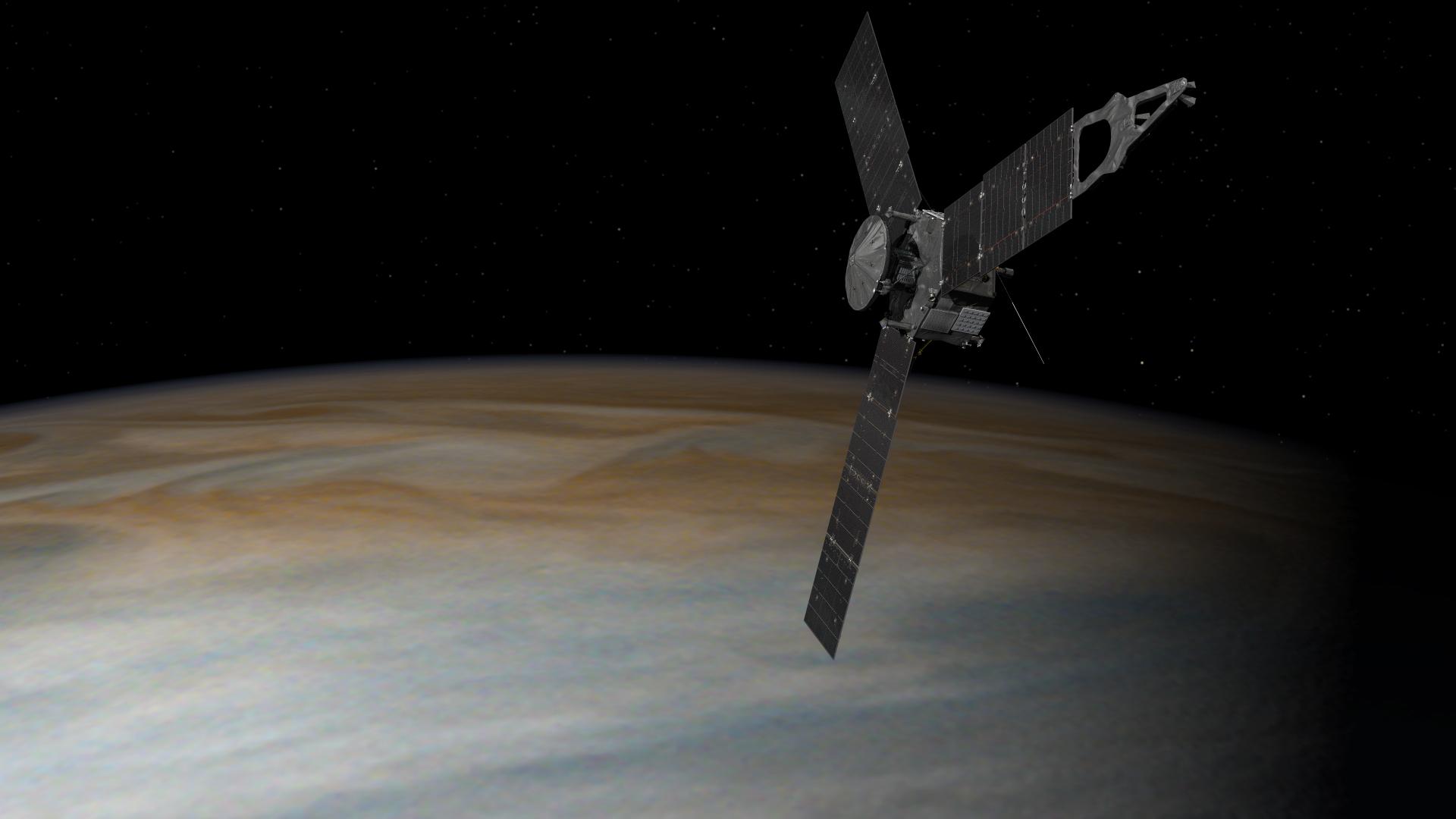
Space.com invites its readers to share their astrophotography. If you have captured a compelling image of the cosmos and wish to showcase it with our audience, please send your photograph(s), any accompanying comments, your full name, and your location to spacephotos@space.com.







